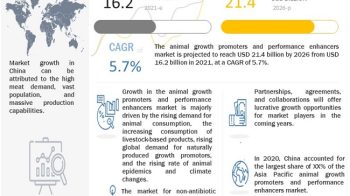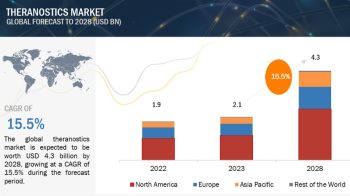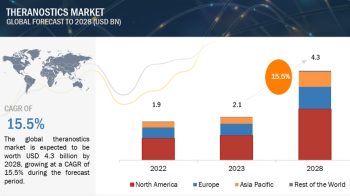Overview of This Study:
This study involved the extensive use of both primary and secondary sources. The research process involved the study of various factors affecting the industry to identify the segmentation types, industry trends, key players, competitive landscape, key market dynamics, and key player strategies.
Secondary Research:
This research study involved the use of comprehensive secondary sources; directories and databases such as D&B, Bloomberg Business, and Factiva; and white papers, annual reports, and company house documents. Secondary research was used to identify and collect information for this extensive, technical, market-oriented, and commercial study of the global topical drug delivery market.
It was also used to obtain important information about the top players, market classification, and segmentation according to industry trends to the bottom-most level, geographic markets, technology perspectives, and key developments related to the market. A database of the key industry leaders was also prepared using secondary research.
Download PDF Brochure@
https://www.marketsandmarkets.com/pdfdownloadNew.asp?id=124871717
Primary Research:
In the primary research process, various sources from both the supply and demand sides were interviewed to obtain qualitative and quantitative information for this report. The primary sources from the supply side include industry experts such as CEOs, vice presidents, marketing and sales directors, manufacturing managers, and related key executives from various key companies and organizations operating in the global topical drug delivery market. The primary sources from the demand side include purchase and sales managers, research organizations, and pharmaceutical and biotechnology companies.
Expected Revenue Surge:
The topical drug delivery market is projected to reach USD 129.8 billion by 2025 from USD 95.2 billion in 2020, at a CAGR of 6.4% during the forecast period.
Major Revenue Growth Influencing Factors:
The growth of this market is majorly driven by the high prevalence of skin and soft tissue infections, the increasing prevalence of eye diseases, and burns. However, the presence of alternative drug delivery modes such as oral and injectable routes is expected to restrain the growth of this market during the forecast period.
Market Size Estimation
The market size estimates and forecasts provided in this study are derived through a mix of the bottom-up approach (segmental analysis of major segments) and top-down approach (assessment of utilization/adoption/penetration trends, by product, route of administration, facility of use, and region).
Data Triangulation
After arriving at the market size, the total topical drug delivery market was divided into several segments and subsegments. To complete the overall market engineering process and arrive at the exact statistics for all segments & subsegments, data triangulation, and market breakdown procedures were employed, wherever applicable.
Restraint: Preference for alternative modes of drug delivery
Several alternative drug delivery modes are available for patients and end users. The benefits of these alternatives over topical drug delivery form a key restraint to the growth of this market. Of these, the oral route is the most preferred as it is easy to use, convenient, cost-effective, safe, and acceptable. Furthermore, orally administered drugs can be conveniently stored and are portable, economical, noninvasive, and safe. No special training is required for the administration of these drugs as compared to topical formulations. Injectables also witness widespread use—for example, insulin injections for diabetics to self-administer.
Opportunity: Delivery of biologics through the transdermal route
The delivery of biologics through the transdermal route is one of the emerging trends in the topical drug delivery market. The transdermal delivery of large molecules as an alternative to intramuscular, subcutaneous, or intravenous routes of administration is expected to provide significant patient benefits, such as painless drug delivery and cost-effective treatment.
Request Sample Pages@
https://www.marketsandmarkets.com/requestsampleNew.asp?id=124871717
Challenge: Technical barriers related to skin irritation and permeability
The potential for local adverse reactions and skin irritation is a significant challenge for topical drug delivery formulation and transdermal systems. However, the emergence of novel techniques for skin permeation and the development of methods to reduce skin irritation would help widen the topical drug delivery formulations and transdermal systems market for hydrophilic compounds, macromolecules, and conventional drugs for new therapeutic indications.


